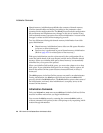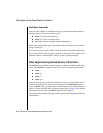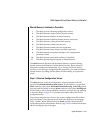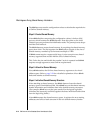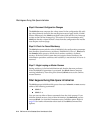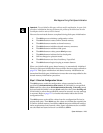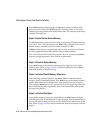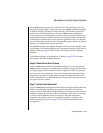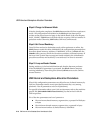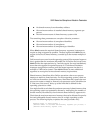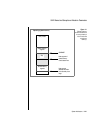
2-14 IBM Informix OnLine Database Server Administrator’s Guide
What Happens During Disk-Space Initialization
Step 9: Document Configuration Changes
The tbinit daemon compares the values stored in the configuration file with
the values formerly stored in the root dbspace reserved page PAGE_CONFIG.
Where differences exist, tbinit notes both values (old and new) in a message
written to the OnLine message log. This action is for documentation only;
tbinit has already written the new values from the configuration file into the
root dbspace reserved page.
Step 10: Check for Forced Residency
The tbinit daemon reads the value of RESIDENT, the configuration parameter
that describes shared-memory residency. If RESIDENT is set to 1, tbinit calls
the tbmode utility process, which tries to enforce residency of shared
memory. If the host UNIX system does not support forced residency, the
initialization procedure continues and residency is not enforced. An error is
returned.
Step 11: Begin Looping as Master Daemon
Setting residency is the last initialization task that the daemon performs.
After the RESIDENT parameter is processed, the tbinit daemon remains
running indefinitely. From this point forward, tbinit serves as the OnLine
master daemon.
What Happens During Disk-Space Initialization
The tbinit process initializes disk space when user informix or root executes
either of the following commands:
■ tbinit -i
■ tbinit -i -s
You can execute either of these commands from the UNIX prompt. If you
initialize shared memory from within DB-Monitor, the tbmonitor process
executes tbinit -i -s from the Parameters menu, Initialize option. Refer to
page 2-8 for further information about each of the tbinit command-line
options.





